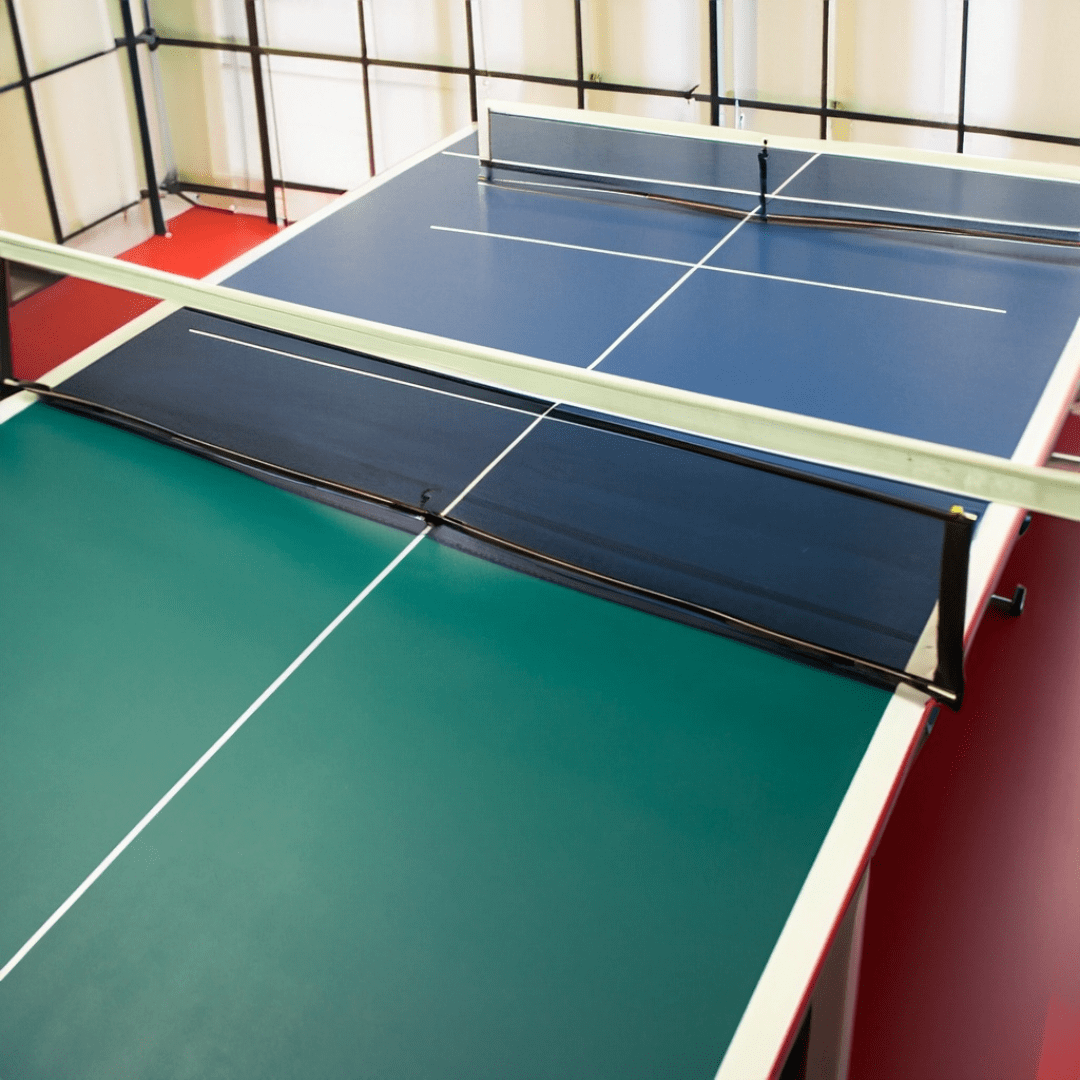Table Tennis Facility Design: Maximizing Space and Efficiency
Designing a table tennis facility requires a strategic approach to maximize space and efficiency. Whether setting up a new facility or refurbishing an existing one, the right design can significantly enhance the playing experience and operational functionality. This article explores key considerations for efficient table tennis facility design.
1. Optimal Use of Space
Plan the layout to make the most of available space. Ensure there’s enough room around each table for unobstructed play. Consider using retractable dividers to create multiple playing areas that can be adjusted as needed.
2. Adequate Lighting and Flooring
Install high-quality lighting that evenly illuminates each table without causing glare. Choose flooring that provides good grip and reduces the risk of injuries, while also considering its impact on ball bounce and player movement.
3. Ventilation and Temperature Control
Good ventilation is crucial to maintain air quality and player comfort. Also, ensure the facility has effective temperature control to keep conditions consistent and conducive to play.
4. Equipment Storage Solutions
Designate areas for equipment storage that are easily accessible yet do not interfere with playing areas. Efficient storage solutions will help in keeping the facility organized and tidy.
5. Comfortable Seating Areas
Include seating areas for players and spectators. These areas should offer a clear view of the playing space and be comfortable for extended periods of watching and waiting.
6. Accessibility Considerations
Ensure the facility is accessible to all players, including those with disabilities. This includes entrance ramps, appropriate door widths, and accessible restrooms.
7. Soundproofing and Acoustics
Effective soundproofing can minimize external noise, while good acoustics can reduce echo within the facility, enhancing the playing environment.
8. Multi-functional Spaces
If space allows, create multi-functional areas that can be used for different purposes, such as coaching sessions, meetings, or fitness training.
9. Player Amenities
Include amenities like changing rooms, restrooms, and a hydration station. These facilities contribute to player comfort and convenience.
10. Safety and Emergency Protocols
Prioritize safety in your design. This includes clear signage for emergency exits, fire safety equipment, and first aid kits.
Conclusion
A well-designed table tennis facility that maximizes space and efficiency can significantly enhance the playing and coaching experience. By considering these key design elements, facility managers can create a functional, comfortable, and safe environment for everyone who uses the space.

